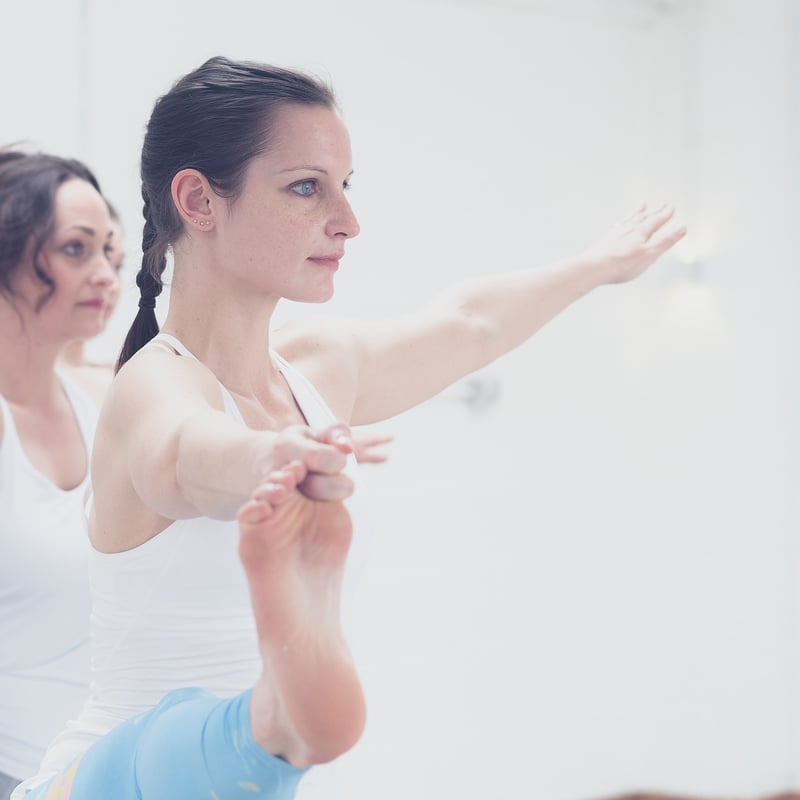Foam Rolling Techniques
Relaxing Movement Sequences & Foam Rolling Techniques
Introduction
Are you looking to unwind, release tension, and improve flexibility? Incorporating relaxing movement sequences and foam rolling techniques into your routine can help you achieve these goals. In this article, we'll explore some gentle movement sequences to relax your body and mind, as well as effective foam rolling techniques to release muscle tightness and improve mobility.
Relaxing Movement Sequences
Relaxing movement sequences can be a great way to calm your nervous system, increase circulation, and improve overall well-being. Here are some gentle movements you can incorporate into your daily routine:
Child's Pose
Start on your hands and knees, then sit back on your heels while reaching your arms forward. Hold this pose for several breaths, feeling a gentle stretch through your back and shoulders.

Cat-Cow Stretch
Begin on your hands and knees, then arch your back towards the ceiling (like a cat) and then drop your belly towards the floor (like a cow). Flow between these two positions for a few rounds, syncing your breath with movement.

Foam Rolling Techniques
Foam rolling is a self-myofascial release technique that can help alleviate muscle tightness and improve flexibility. Here are some effective foam rolling techniques you can try:
Quadriceps Roll
Lie face down with the foam roller under your thighs. Using your arms for support, roll from your hips to just above your knees, focusing on any tight or tender spots.

Thoracic Spine Roll
Place the foam roller under your mid-back, supporting your head with your hands. Gently roll from your mid-back to the bottom of your ribcage, focusing on releasing tension in your upper back.

Conclusion
Adding relaxing movement sequences and foam rolling techniques to your wellness routine can have a positive impact on your physical and mental well-being. Take the time to incorporate these practices regularly to experience the benefits of reduced tension, improved flexibility, and overall relaxation.
Remember to listen to your body and modify the movements as needed to suit your individual needs and comfort level. Prioritize self-care and make time for these practices to support your overall health and wellness.
